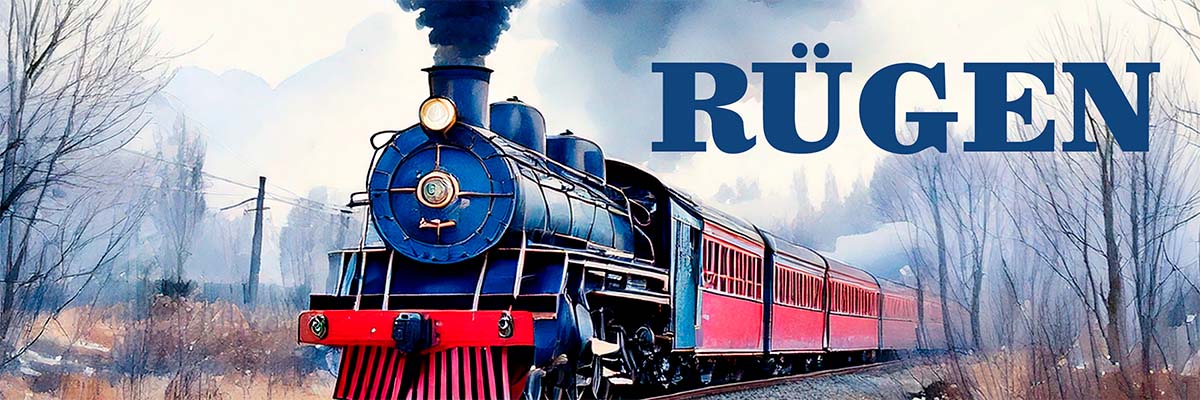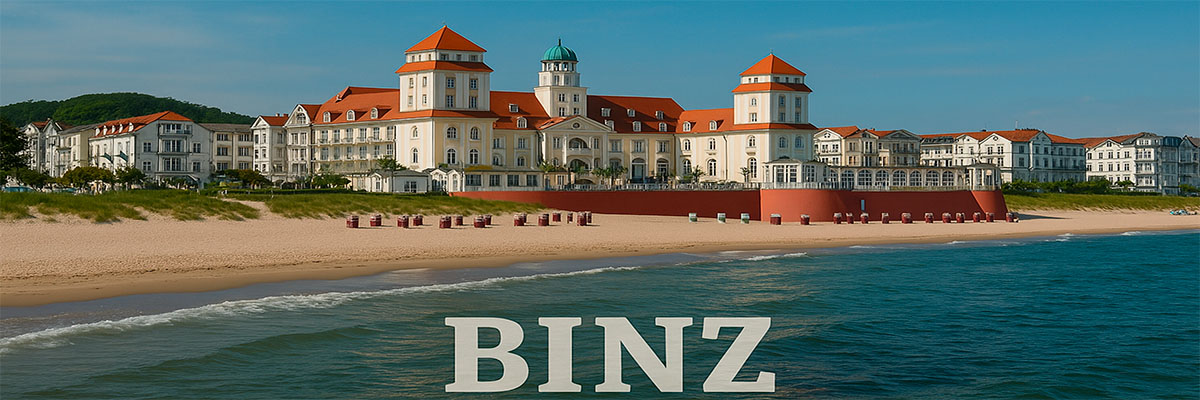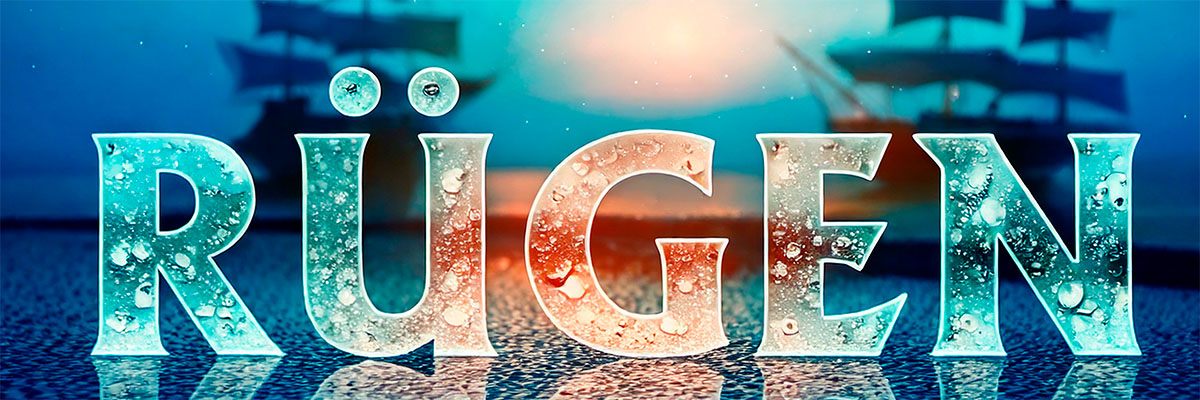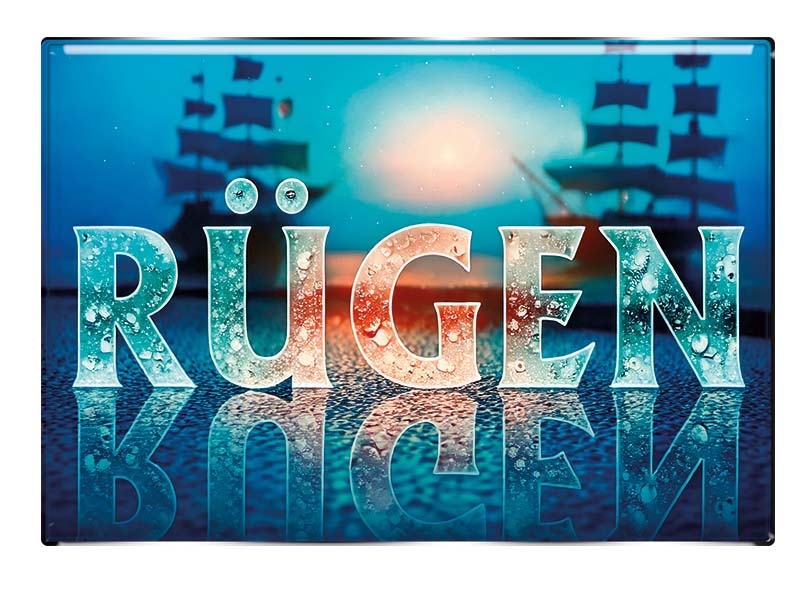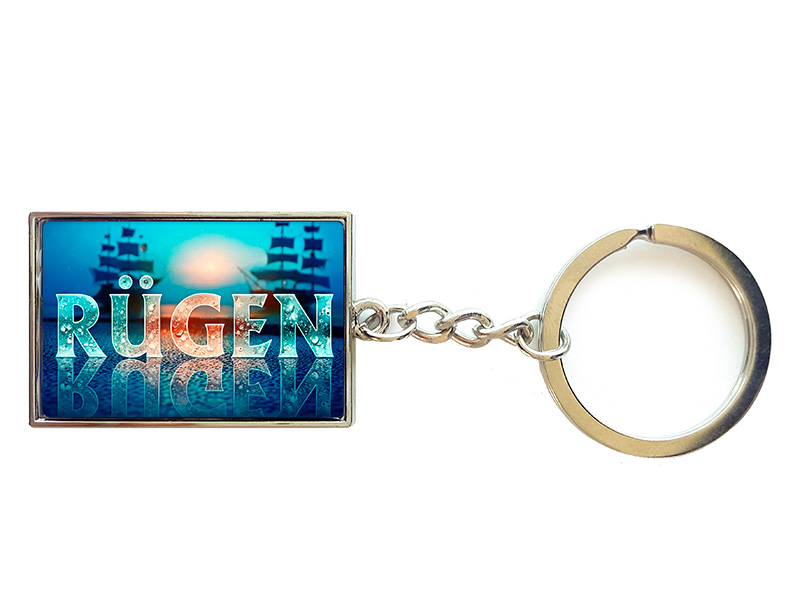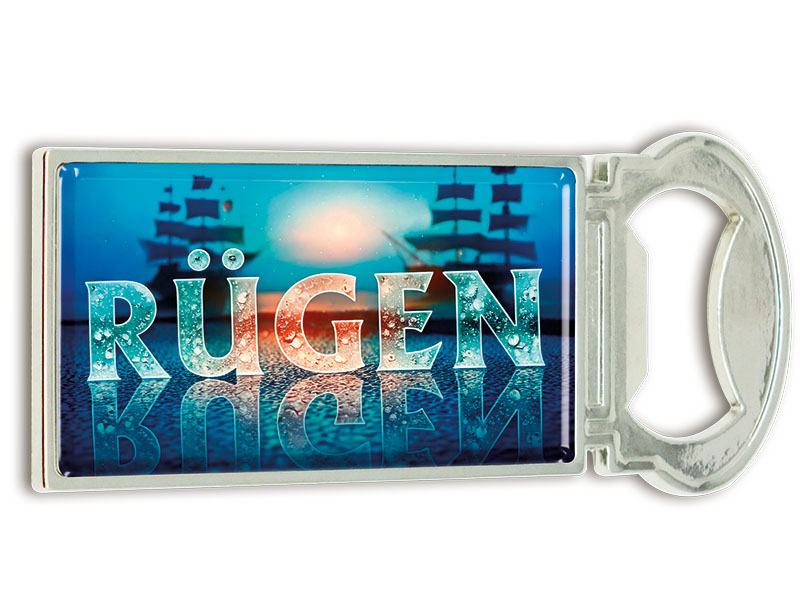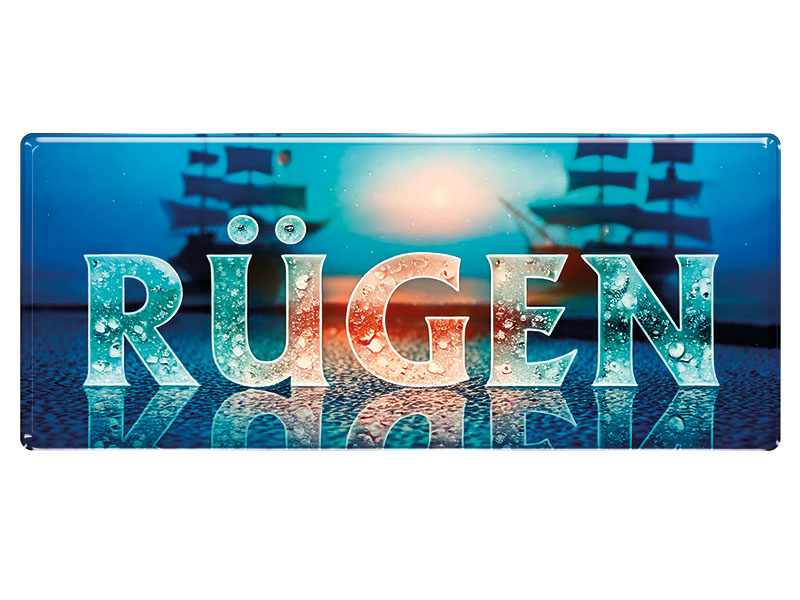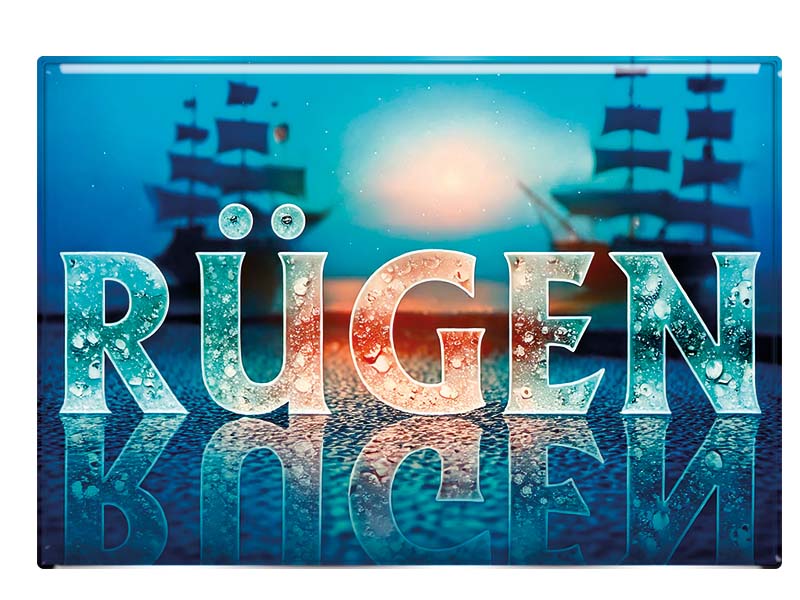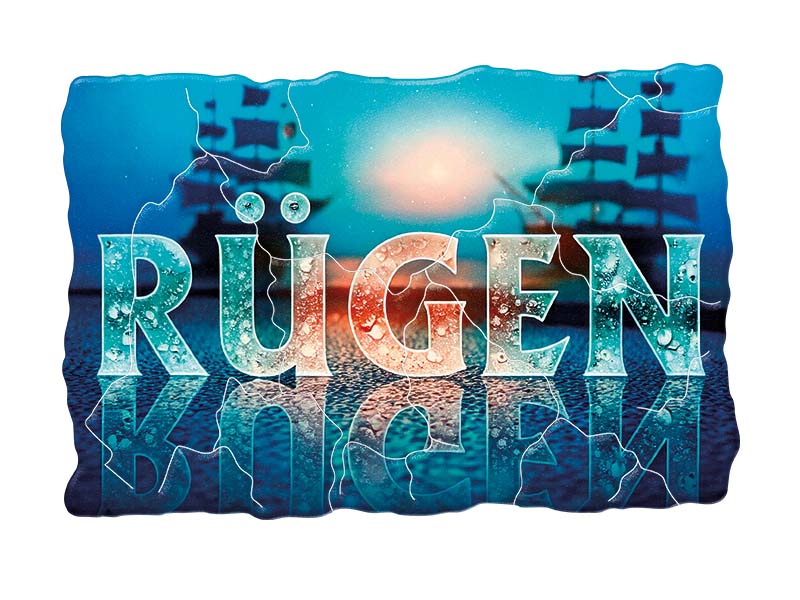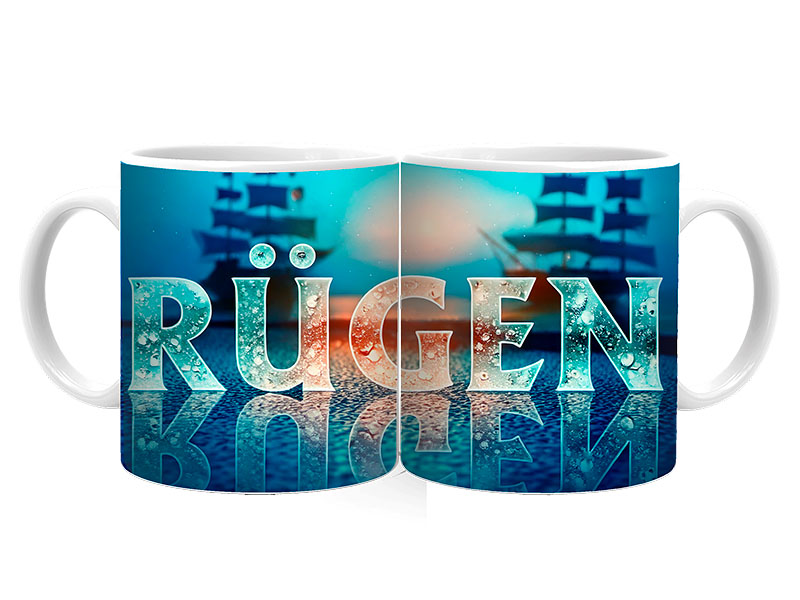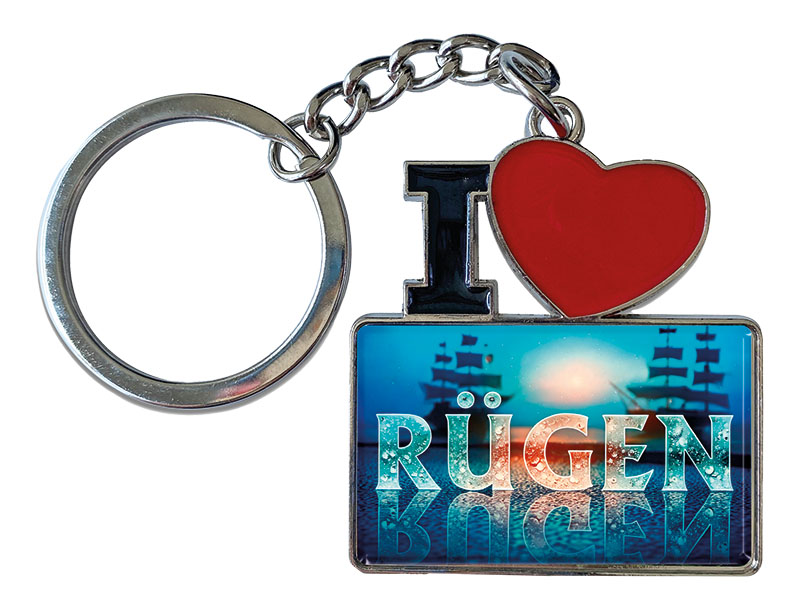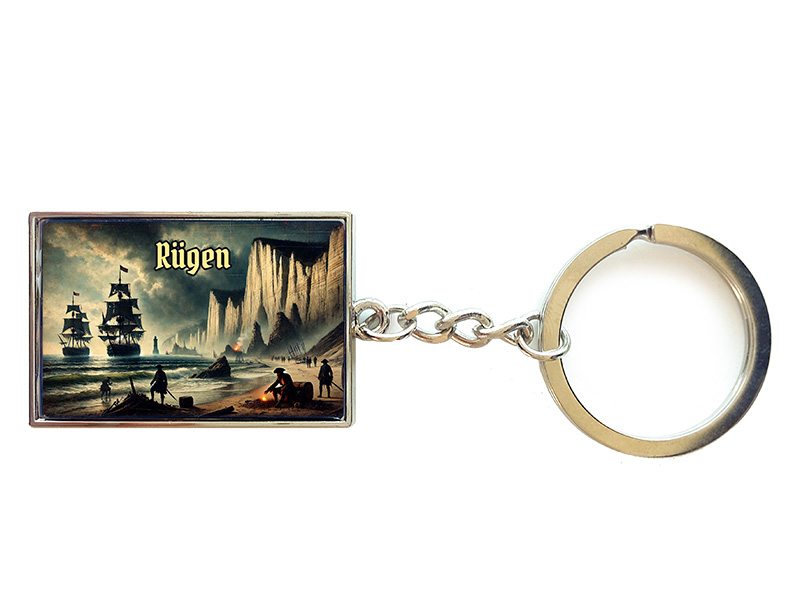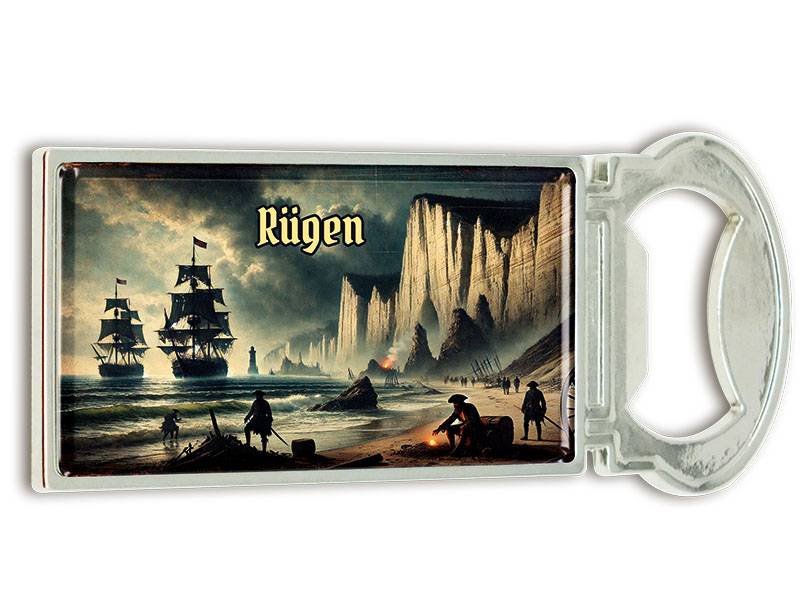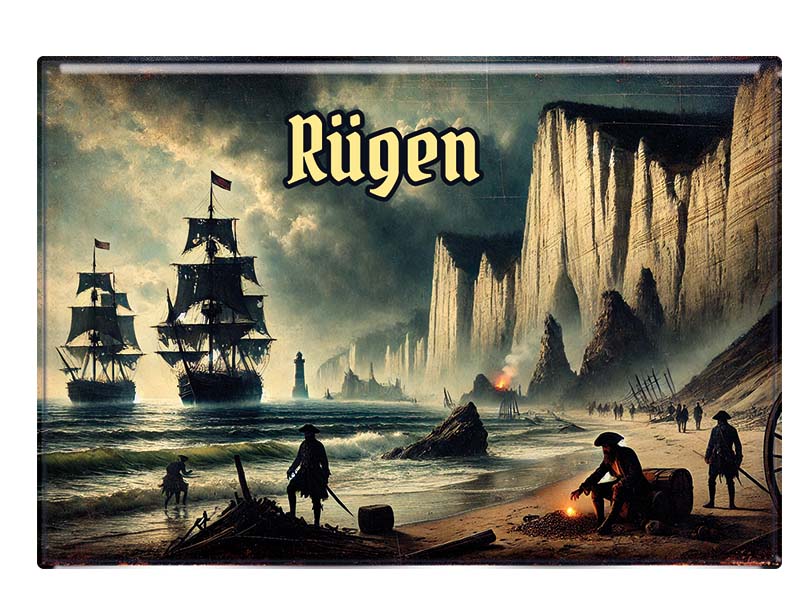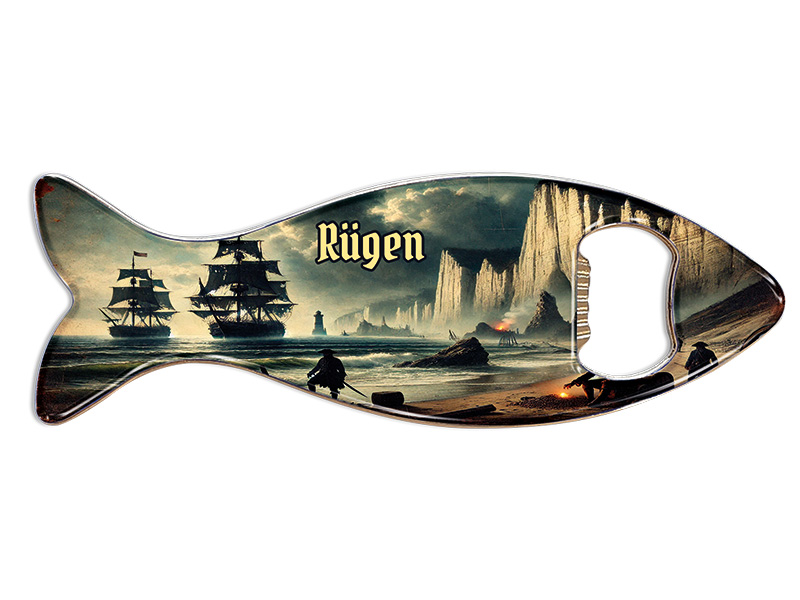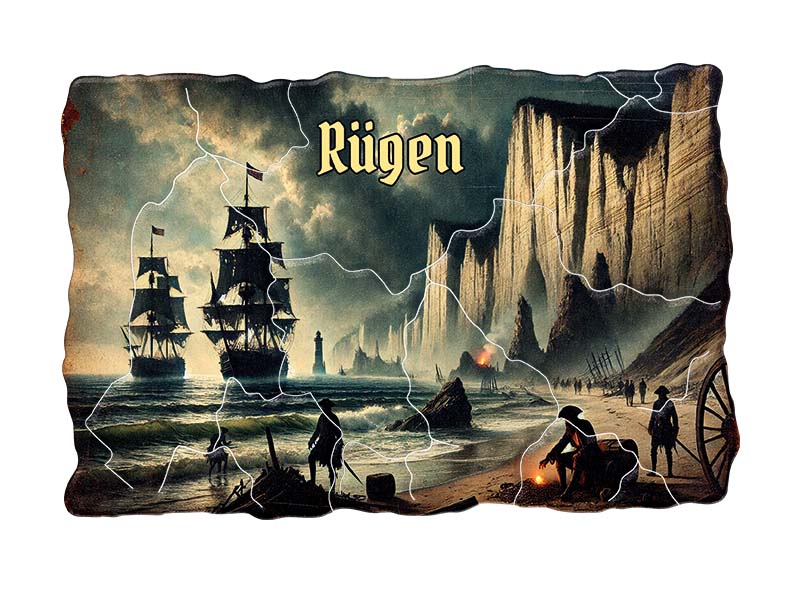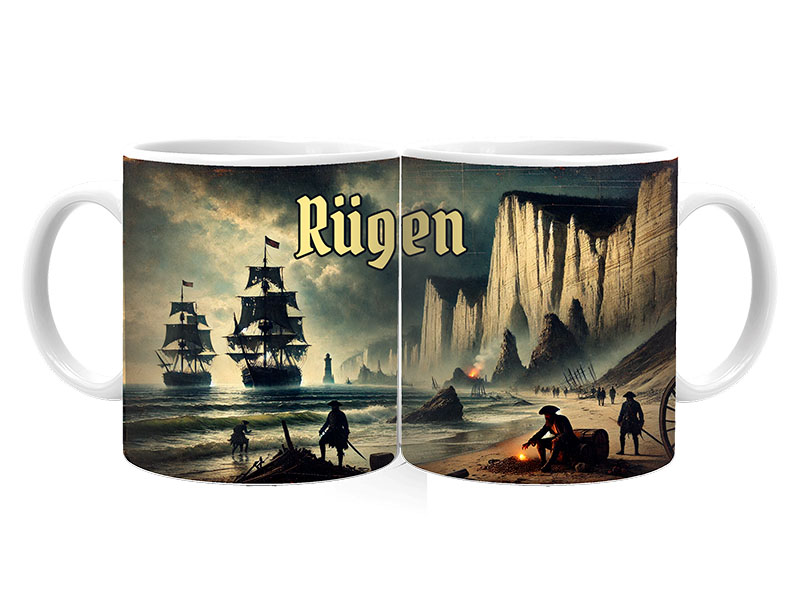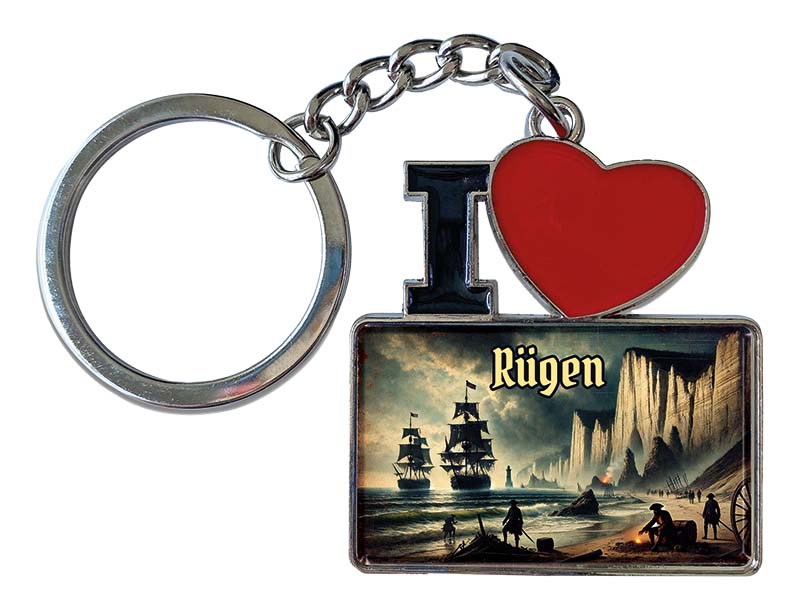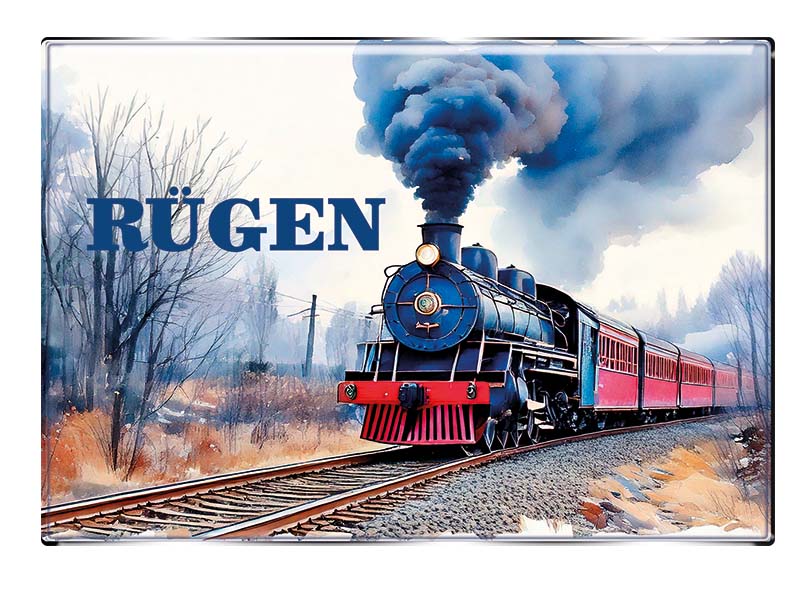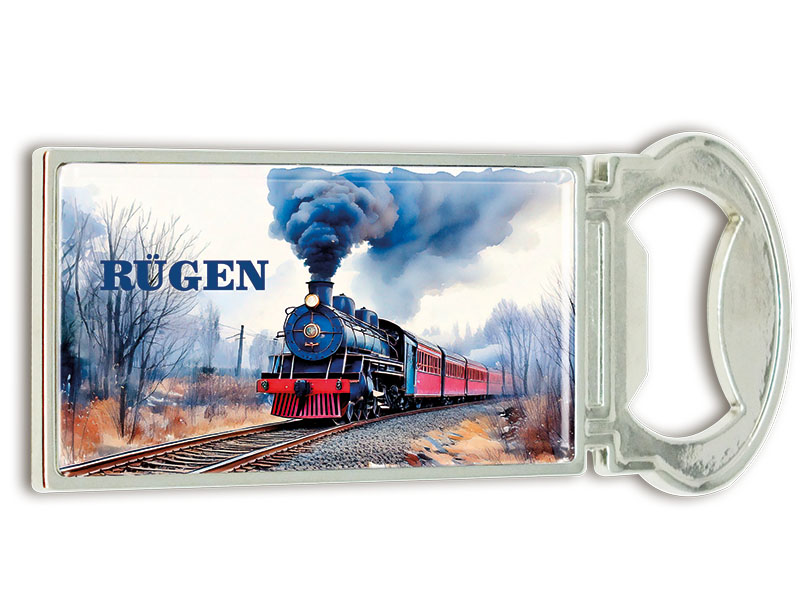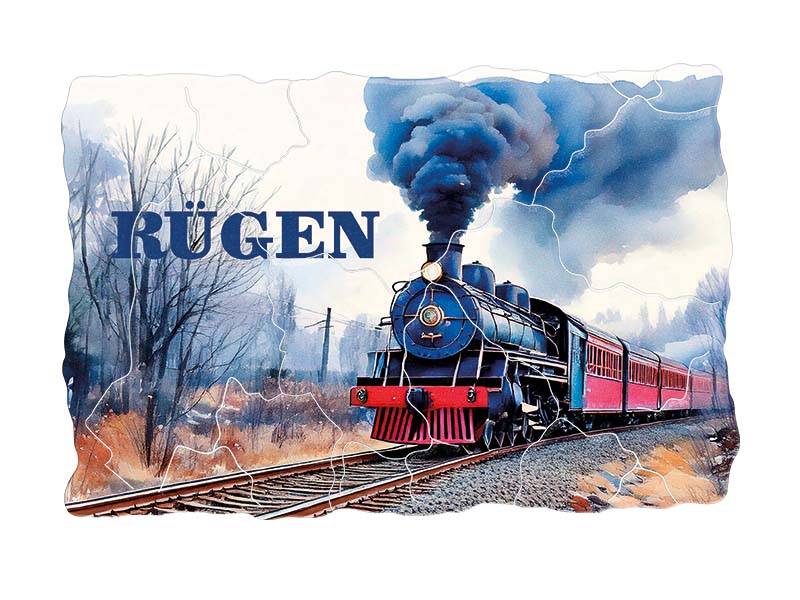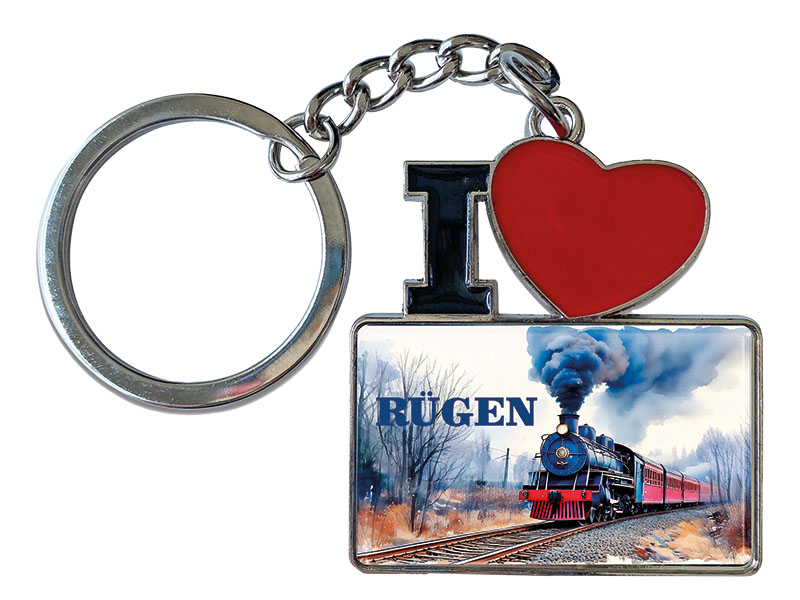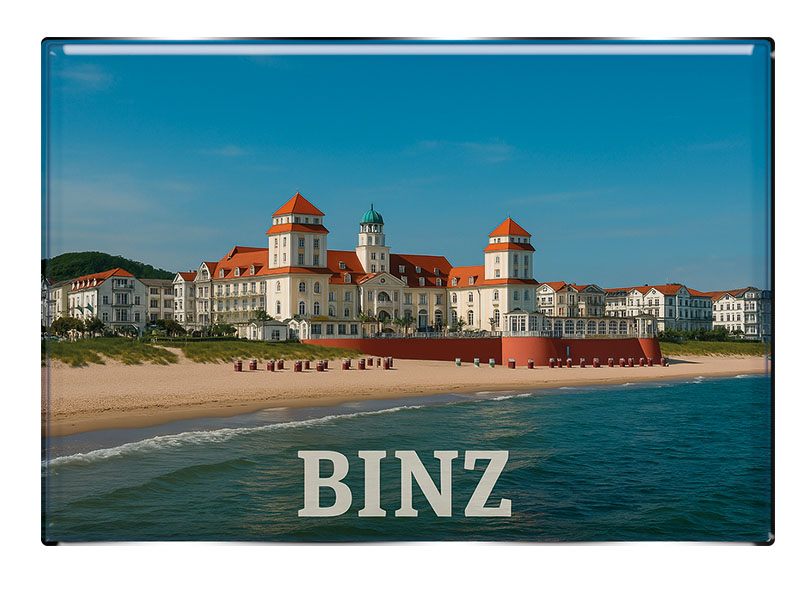- Vehicles
- Figures
- Witches
- Carnival
- Canvas
- Magnets
- Materials
- Maritime
- Hats
- New products
- Personalize
- Plush
- Dolls
- Collectible figures
- Keychain
- Special production
- %Special offers%
- Money boxes
-
Cities - Regions
- Bad Säckingen
- Bamberg
- Bayerischer Wald
- Berchtesgaden
- Berlin
- Bodensee
- Bremen
- Brocken
- Chiemsee
- Cochem
- Dinkelsbühl
- Dresden
- Eibsee
- Frankfurt
- Freiburg
- Gardasee
- Garmisch-Partenkirchen
- Hamburg
- Harz
- Heidelberg
- Helgoland
- Insel Mainau
- Kleinwalsertal
- Koblenz
- Köln
- Königssee
- Leipzig
- Lübeck
- Mecklenburgische Seenplatte
- München
- Nürnberg
- Oberammergau
- Passau
- Potsdam
- Quedlinburg
- Regensburg
- Rothenburg
-
Rügen
- Schwarzwald
- Stuttgart
- Sylt
- Titisee
- Traunsee
- Triberg
- Ulm
- Wernigerode
- Bags/Backpacks
- Textile
- Animal
- Subjects
More information? sign in.
More information? sign in.
More information? sign in.
More information? sign in.
More information? sign in.
More information? sign in.
More information? sign in.
More information? sign in.
More information? sign in.
More information? sign in.
More information? sign in.
Rügen Island is Germany's largest island, located in the Baltic Sea off the coast of Mecklenburg-Western Pomerania. It is separated from the mainland by the Strelasund and connected to the Hanseatic city of Stralsund via the Rügendamm Bridge and the Rügen Bridge. With an area of approximately 926 square kilometers, Rügen is a popular travel destination, attracting around 6 million tourists annually. The island has about 63,000 residents and is known for its stunning natural landscapes, historical sites, and maritime traditions.
Geographical Location and Formation
Rügen is situated in the Baltic Sea and belongs to the federal state of Mecklenburg-Western Pomerania. The island features a diverse landscape of long sandy beaches, beech forests, chalk cliffs, and Bodden lagoons. Geologically, Rügen was formed during the last Ice Age about 12,000 years ago when glaciers deposited vast amounts of rubble and sediment. The world-famous chalk cliffs, including the Königsstuhl in Jasmund National Park, are composed of these Ice Age deposits.
History of the Island
Rügen's history dates back thousands of years, with early settlements in the Stone Age. Later, the island was home to the Slavic Rani tribe, who maintained the legendary Arkona sanctuary on the Wittow Peninsula until the 12th century. In 1168, Danish King Valdemar I conquered the island and Christianized it. During the Middle Ages, Rügen initially belonged to the Duchy of Pomerania before coming under Swedish rule in 1648. After the Napoleonic Wars, Rügen became part of Prussia in 1815. By the 19th century, the island had evolved into a popular spa and seaside resort, a reputation it still holds today.
Attractions
Rügen offers a variety of attractions:
- Chalk Cliffs and Jasmund National Park: The imposing chalk cliffs are the island's landmark and inspired painter Caspar David Friedrich.
- Cape Arkona: The northernmost tip of Rügen features two lighthouses, a Slavic rampart, and impressive cliffs.
- Piers in Binz and Sellin: Historic piers that offer romantic views of the Baltic Sea.
- Granitz Hunting Lodge: A remarkable 19th-century castle with breathtaking views over the island.
- Rasender Roland: A nostalgic narrow-gauge steam railway connecting seaside resorts such as Binz, Sellin, and Göhren.
- Putbus: The "White Town" of Rügen, known for its neoclassical architecture and the Putbus Park.
- Prora: A massive Nazi-era complex that now houses a museum and holiday apartments.
- Hiddensee: A car-free neighboring island, considered a hidden gem for those seeking tranquility.
Famous Personalities
Rügen has produced and hosted several notable personalities:
- Ernst Moritz Arndt (1769-1860): A significant poet and historian, after whom the University of Greifswald is named.
- Caspar David Friedrich (1774-1840): The Romantic painter frequently visited Rügen and was inspired by its landscapes.
- Otto Ernst Remer (1912-1997): A Wehrmacht officer with controversial political activities after World War II.
- Günther Uecker: The internationally renowned artist spends time on Rügen.
- Robert Habeck: The German Minister for Economic Affairs and Climate Action owns a holiday home on the island.
Tourism on Rügen
Each year, about 6 million people visit Rügen, particularly during the summer months. The main destinations include the seaside resorts of Binz, Sellin, Baabe, and Göhren. In addition to beachgoers, many visitors come for hiking, cycling, or exploring historical landmarks. The island offers a variety of accommodations, ranging from luxury hotels to campsites.
Culinary Specialties
Rügen's coastal location influences its culinary traditions. Popular dishes include:
- Fish dishes: Especially matjes (young herring), Bismarck herring, cod, and pike-perch.
- Rügen Smoked Ham (Aalrauchschinken): A smoked ham with an intense flavor.
- Sea buckthorn products: The orange berry is processed into juice, jam, liqueur, and tea.
- Mecklenburg-style roast pork (Rippenbraten): A hearty dish with pork and prunes.
- Rügen Potato Soup: A traditional dish, especially enjoyed in the colder months.
- Rügen Beer and Liqueurs: Local breweries and distilleries offer beers and fine spirits such as sea buckthorn liqueur.
Typical Souvenirs
Visitors often take home regional products as souvenirs. Popular items include:
- Chalk souvenirs: Small artworks or cosmetic products made from Rügen's healing chalk.
- Sea buckthorn products: Jams, juices, and liqueurs from the vitamin-rich berry.
- Amber jewelry: Found on the beach or crafted into exquisite jewelry pieces.
- Handcrafted ceramics: Traditional pottery from Rügen’s artisan workshops.
- Fish delicacies: Smoked fish, canned fish, or fresh fish from local smokehouses.
Conclusion
Rügen Island offers a unique blend of nature, history, and culture. It is not only a paradise for nature lovers but also a place of culinary delights and rich traditions. With its diverse landscapes, stunning chalk cliffs, and historic seaside resorts, Rügen remains one of Germany’s most popular travel destinations.

